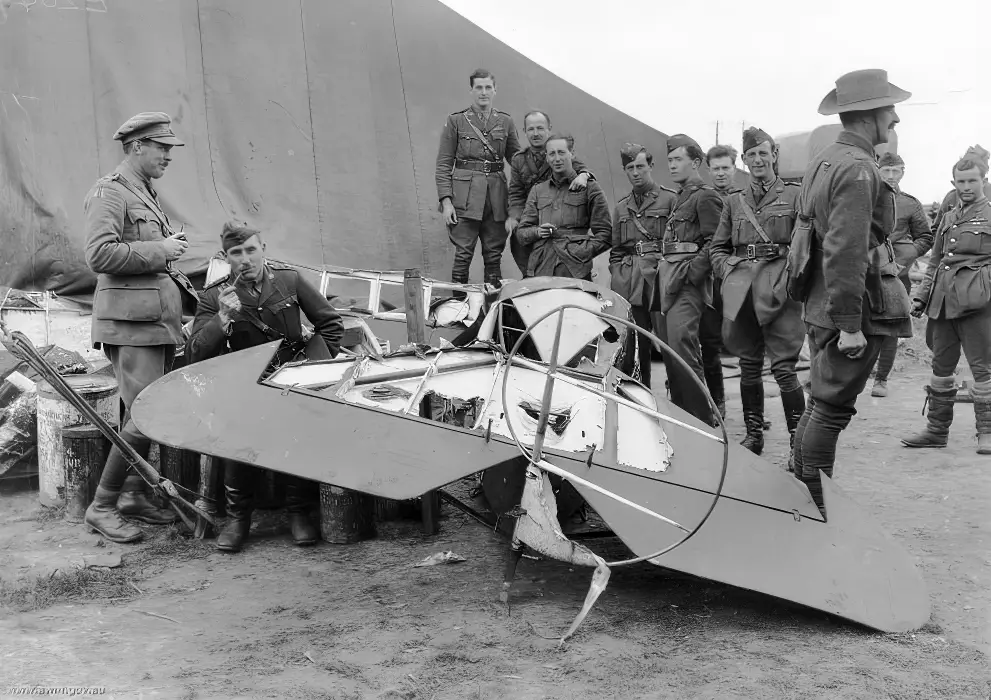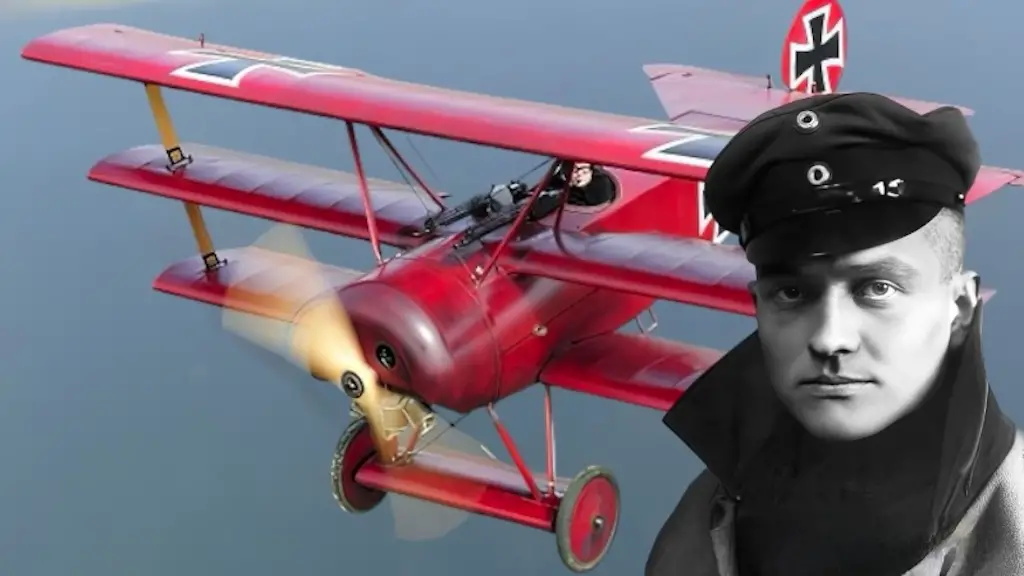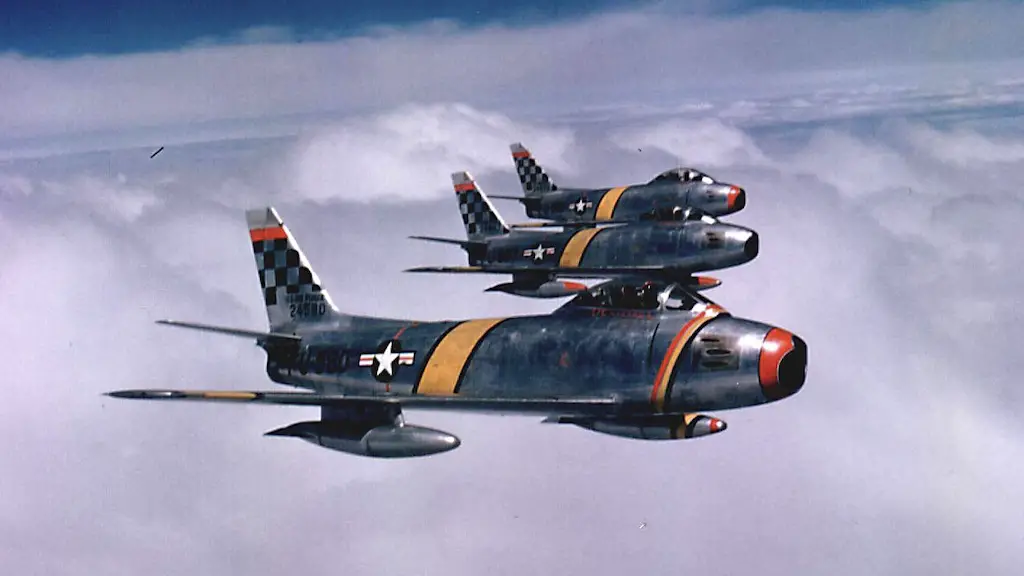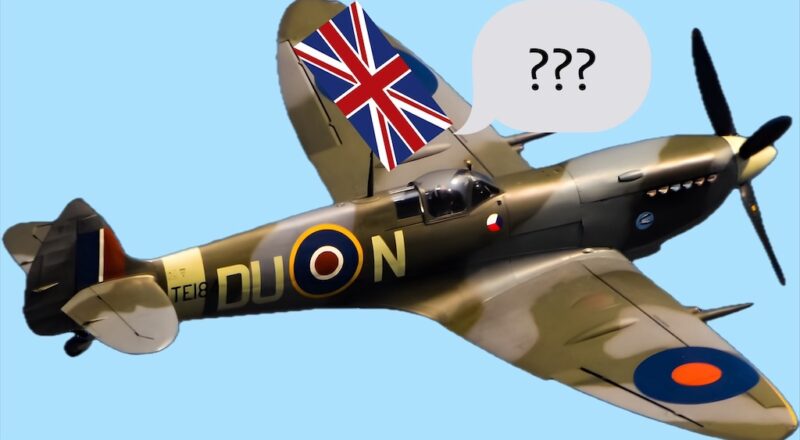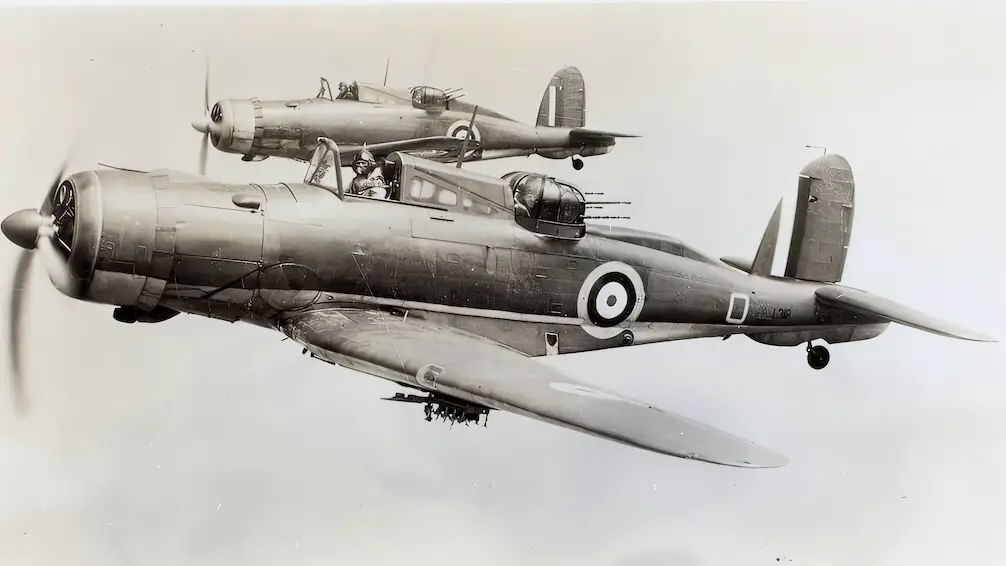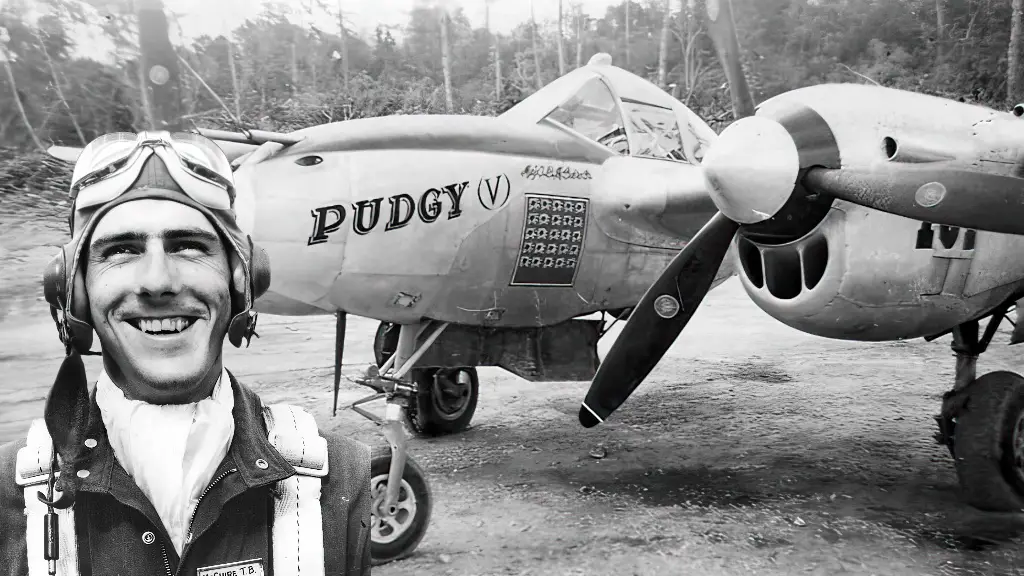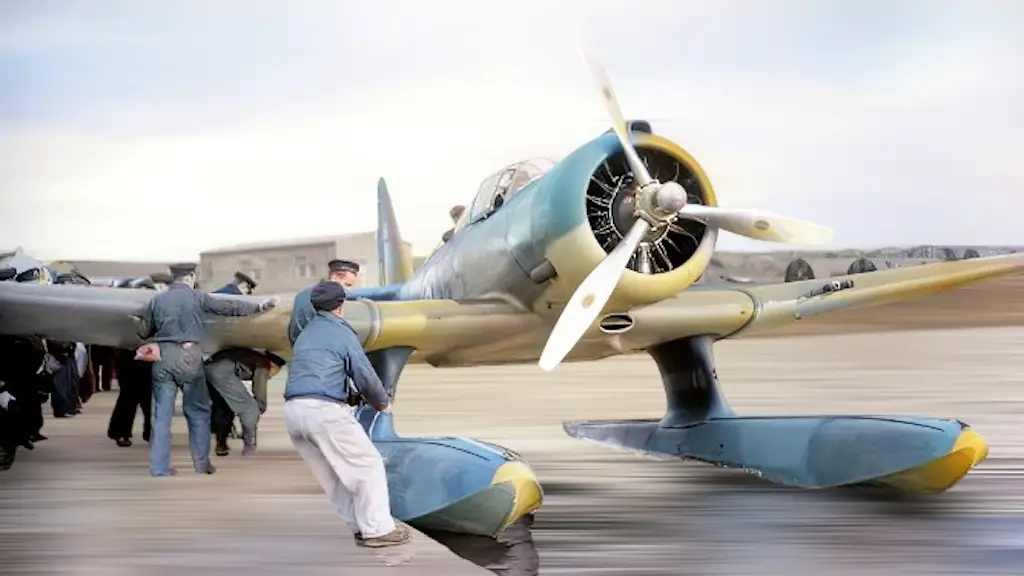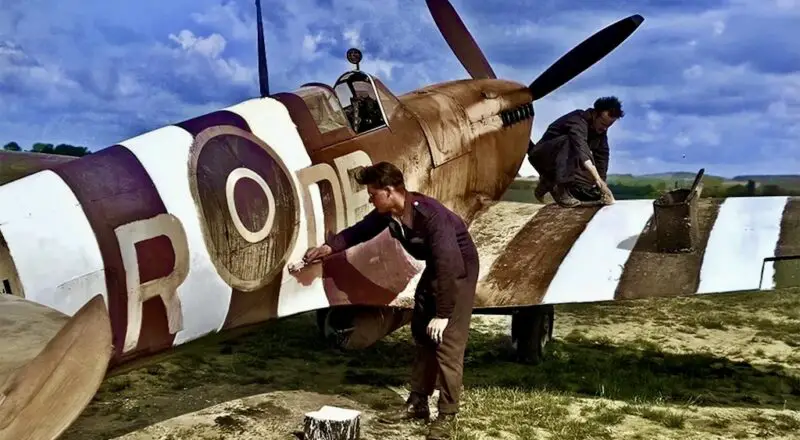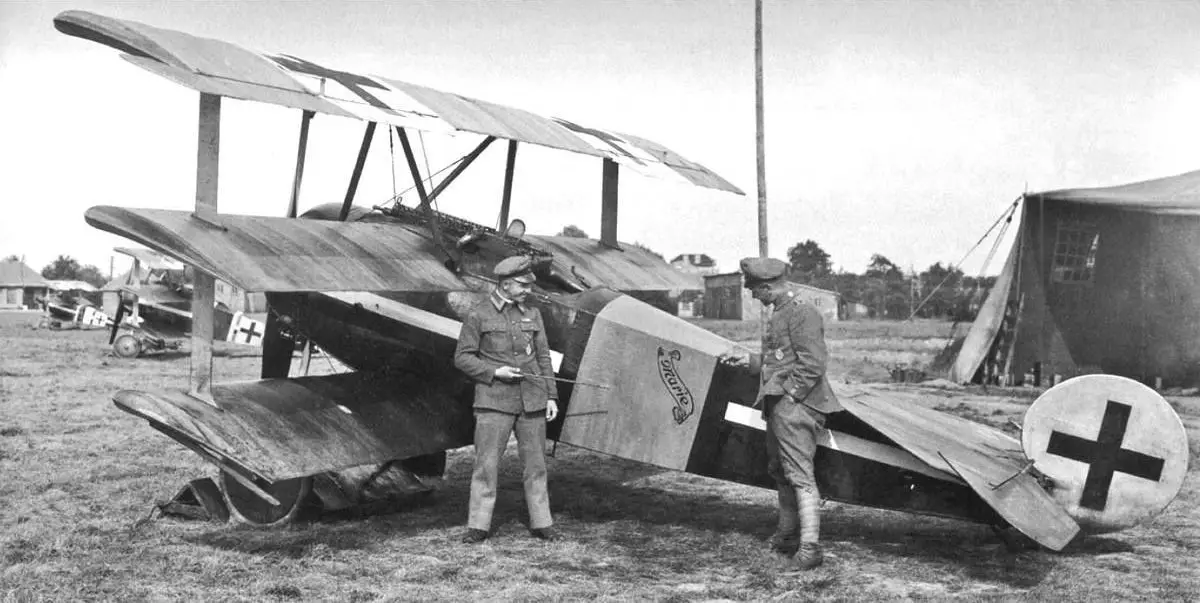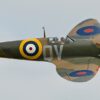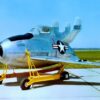The moniker “Red Baron” was bestowed upon Manfred von Richthofen, a German fighter pilot hailed as World War I’s deadliest flying ace. Over a span of 19 months from 1916 to 1918, this Prussian nobleman downed 80 Allied aircraft, achieving widespread renown for his crimson-colored planes and ruthlessly effective aerial tactics. Richthofen’s stature soared further when he assumed leadership of the renowned German fighter wing known as the Flying Circus. However, his illustrious career was tragically cut short in April 1918 during a dogfight over France.
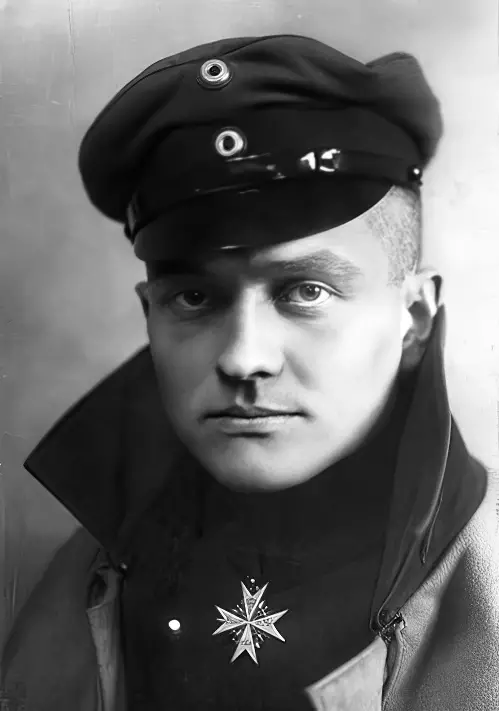
Commissioned as an Officer
Baron Manfred von Richthofen was born into privilege on May 2, 1892, to an affluent Prussian noble family in what is now Poland. His upbringing was marked by pursuits of hunting and sports until he entered military school at the tender age of 11. After eight years of cadetship, Richthofen was commissioned as an officer in the 1st Uhlan cavalry regiment of the Prussian army in 1911.
When World War I erupted, Richthofen’s cavalry regiment engaged in frontline action on both the Eastern and Western Fronts. Despite receiving the Iron Cross for his valor under fire, Richthofen grew restless with his unit’s assignment to supply duty in the trenches. Eager to leave his mark on the war, Richthofen sought a transfer to the Imperial German Air Service, expressing disdain for non-combat roles in a letter to his commanding officer. His request granted, he began serving as a rear observer in a reconnaissance plane by June 1915.
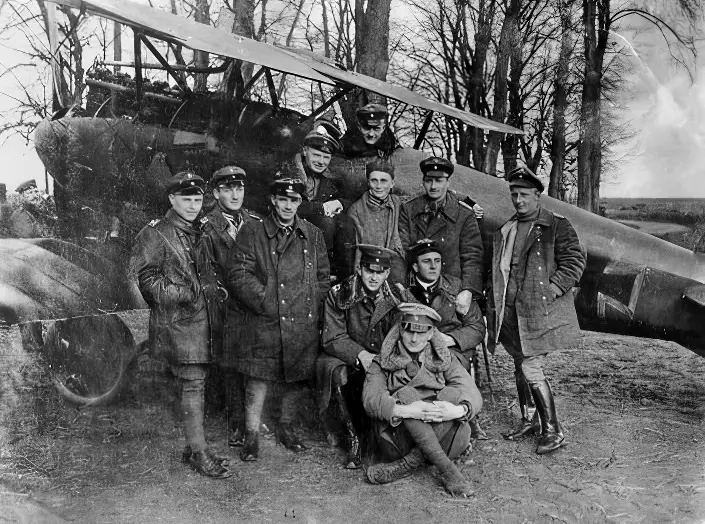
Western Front
Richthofen’s journey as an aviator took flight as he spent the summer of 1915 as an aerial observer in Russia before returning to the Western Front to earn his pilot’s license. After honing his skills in combat missions over France and Russia, he crossed paths with the renowned German flying ace Oswald Boelcke, who enlisted him in the newly formed fighter squadron Jasta 2.
Under Boelcke’s mentorship, Richthofen blossomed into a seasoned fighter pilot, claiming his first confirmed aerial victory on September 17, 1916. His reputation as a “flying ace” swiftly followed as he notched several more kills, culminating in him becoming Germany’s highest-scoring living pilot by early 1917.
In January 1917, Richthofen assumed command of his own fighter squadron, Jasta 11, which included his younger brother, Lothar von Richthofen. Concurrently, he had his Albatros D.III fighter painted in his signature crimson hue, earning him the moniker “the Red Baron” alongside other epithets like “le Petit Rouge” and “the Red Knight.”
A Formidable aviator
Richthofen’s prowess reached its zenith in the spring of 1917, a period marked by a deadly streak where he downed nearly two dozen Allied planes in April alone, solidifying his status as the most formidable aviator in Europe’s skies. He was not only revered in Germany but also became a propaganda icon, adorned with military decorations and featured in countless news articles and postcards. Unlike his contemporaries who embraced daring acrobatics, Richthofen adopted a conservative and strategic approach to aerial combat, often fighting in formation and leveraging his wingmen to ambush foes from above.
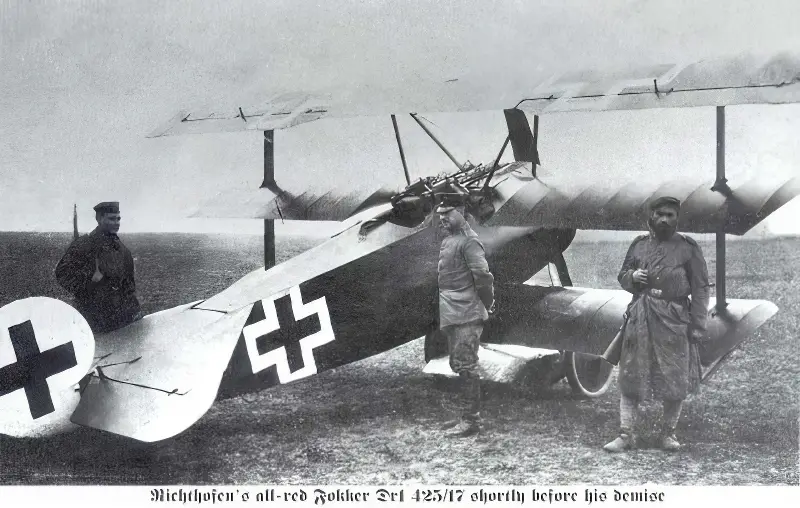
June 1917 saw Richthofen’s promotion to leader of his four-squadron fighter wing, officially dubbed Jagdgeschwader I but more popularly known as “the Flying Circus” due to its brightly painted aircraft and agile movement across the battlefront. It was during this period that Richthofen’s squadron was outfitted with the Fokker Dr.1 triplane, an iconic three-winged machine that would forever be associated with the Red Baron.
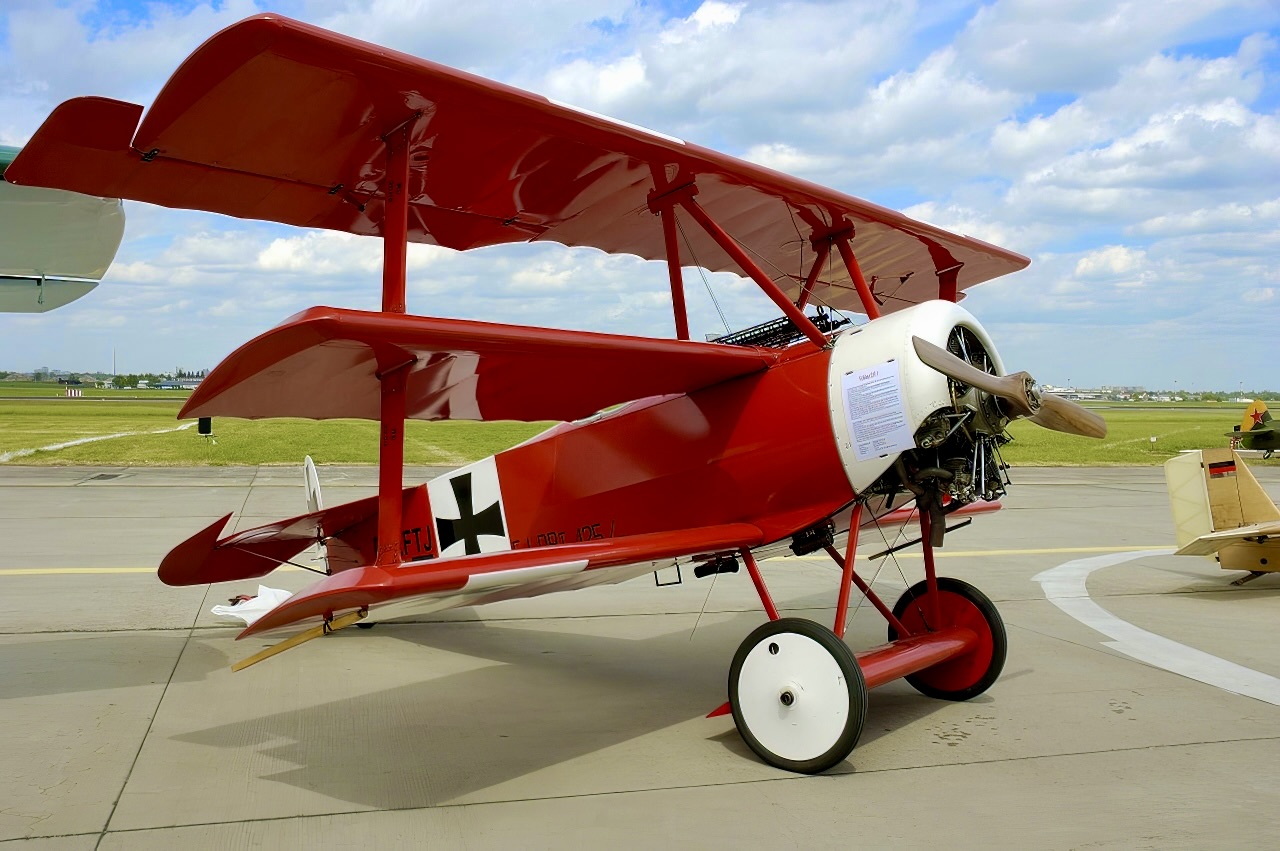
Marred by injury
Richthofen’s illustrious career was marred by a serious injury in July 1917 when he sustained a fractured skull during a dogfight with British planes. Though he returned to duty shortly thereafter, he struggled with frequent headaches, possibly indicative of post-traumatic stress disorder (PTSD).
Tragically, Richthofen’s final flight took place on April 21, 1918, during a skirmish over Vaux-sur-Somme, France, when his plane was hit by ground-based Australian machine gunners and a Canadian ace. Struck by a bullet, Richthofen succumbed after crash-landing in a field. While debate persists over who fired the fatal shot, his death marked the end of an era.
Allied forces buried Manfred von Richthofen with full military honors, but his legacy endured far beyond his premature demise. With 80 confirmed aerial victories, he remains the most prolific pilot of World War I. The enigmatic Red Baron continues to captivate popular imagination through a plethora of books, films, songs, comics, and television portrayals, ensuring that his legend endures as a symbol of aerial prowess and chivalry amidst the tumult of war.
